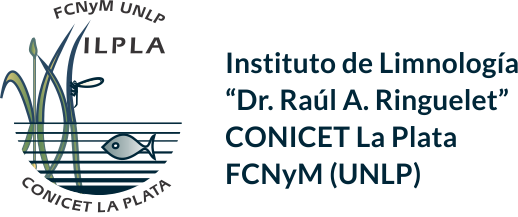This working group is dedicated to determine the effect of pesticide applications on crops on the fauna of adjacent streams. At the same time they evaluate the influence of applied fertilizers on water quality, especially by analyzing the concentration of nutrients (ammonium, nitrate and soluble reactive phosphorus). In streams adjacent to crops, rains after pesticide applications carry a variable fraction of them producing toxicity pulses in line with surface runoff events. This laboratory studies the occurrence of the most commonly used pesticides in our environment: cypermethrin, chlorpyrifos and endosulfan (recently banned) in sediments from streams. In addition, the toxicity in the water of the channel, and in the surface runoff, is analyzed for common organisms in regional fauna, such as the amphipod Hyallela curvispina, the cladocero Scimocephalus vetulus, and the fish Cnesterodon decemmaculatus. Toxicity tests are carried out for this approach and the 50% lethal concentrations (LC 50) of the most commonly used pesticides are determined. The effect of toxicity pulses on the density and taxonomic composition of the fauna in streams with different land use is also studied.
Keywords
Fertilizers, water quality, toxicity pulses, runoff, nutrients, crops, land use, pesticides
Contact
+54 (221) 422-2775 – Intern: 34,35,37


